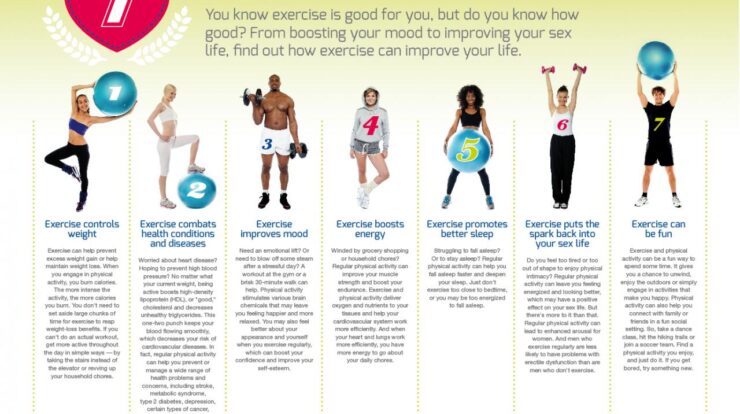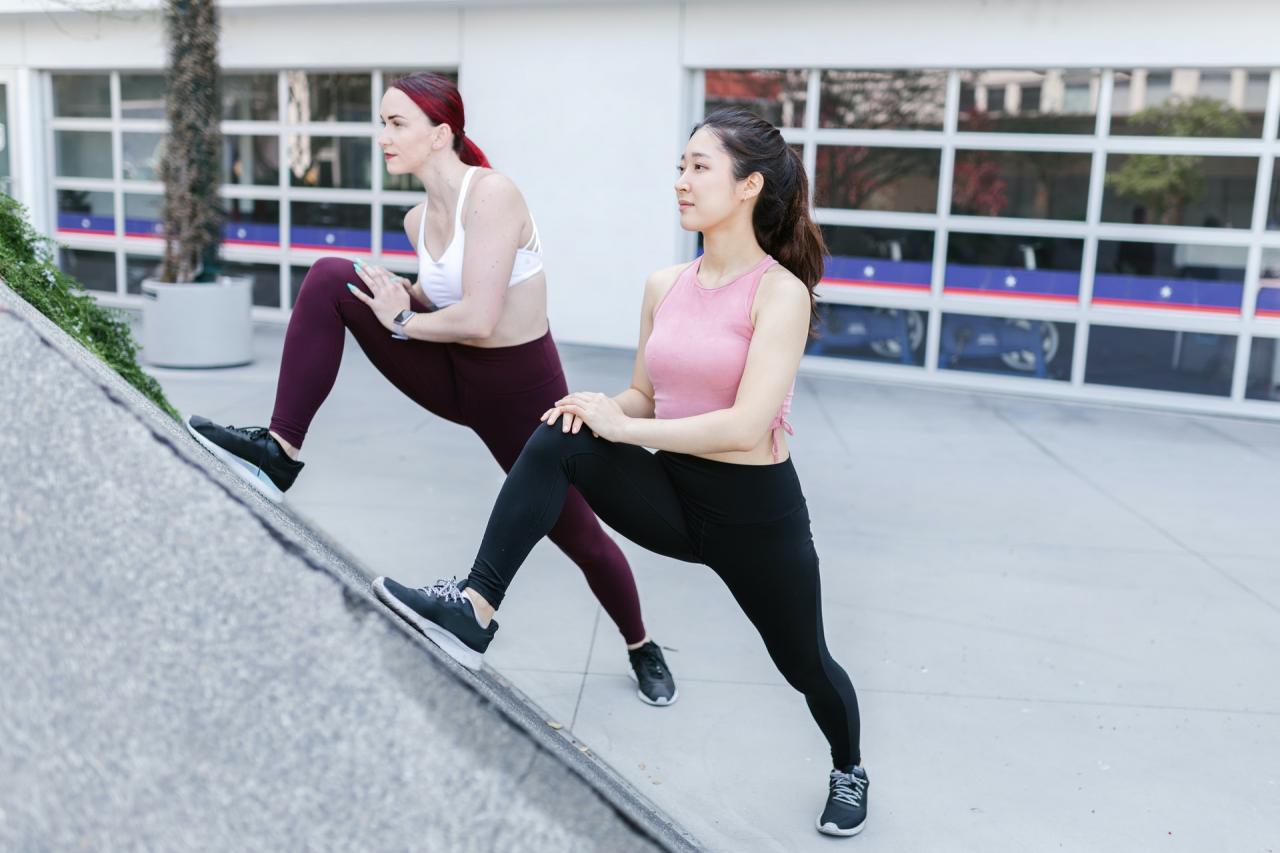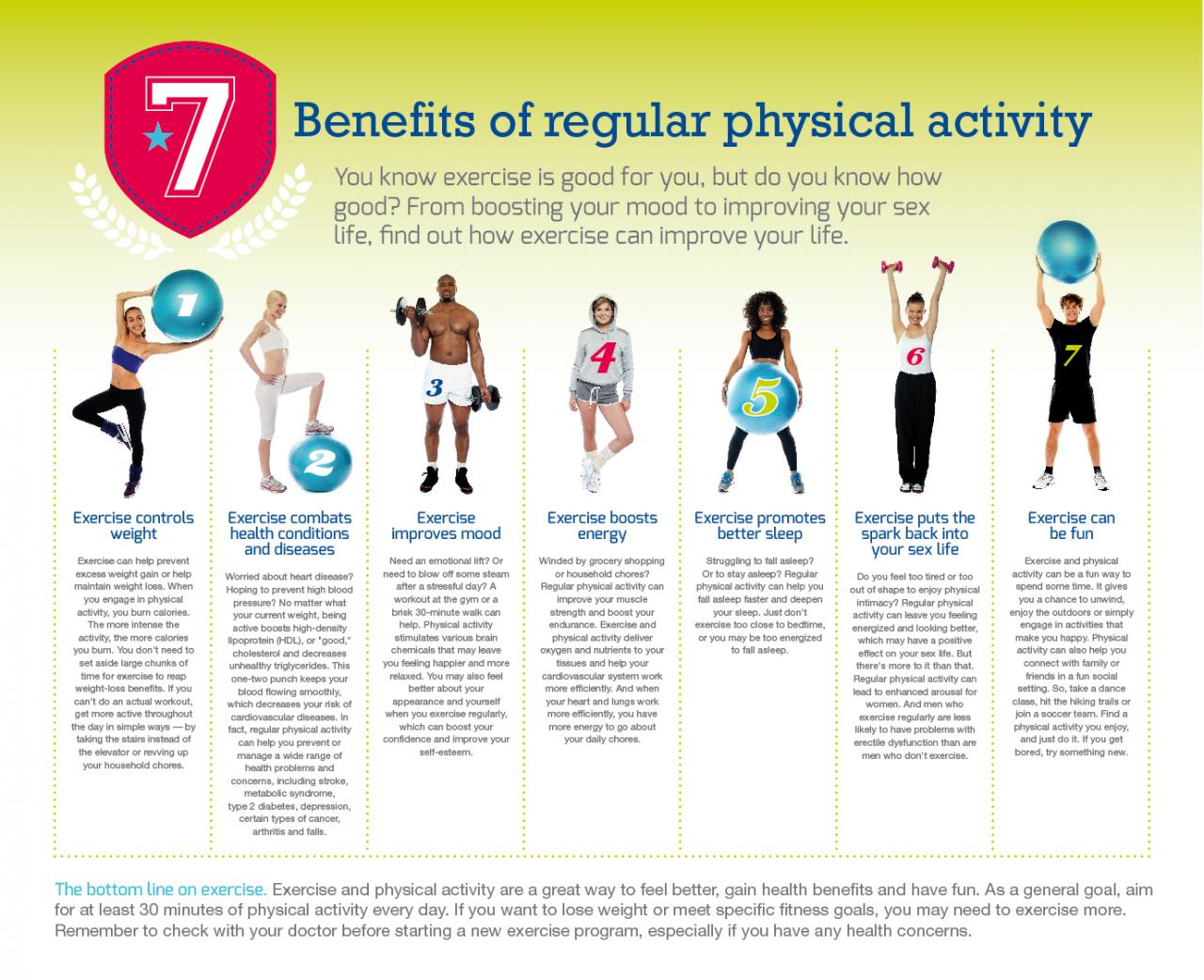
Explain why regular exercise is the best way to prevent flexibility issues. – Regular exercise is widely acknowledged as the cornerstone of maintaining optimal flexibility, preventing a myriad of mobility limitations and injuries. This article delves into the multifaceted benefits of regular exercise in preserving flexibility, exploring its role in enhancing range of motion, reducing injury risk, and promoting overall well-being.
Engaging in regular exercise regimens not only improves joint mobility but also enhances muscle elasticity, allowing for greater freedom of movement. By incorporating specific flexibility exercises into workout routines, individuals can effectively target muscle groups prone to stiffness and tightness, ensuring a comprehensive approach to maintaining optimal flexibility.
Express your love and appreciation to your Vietnamese-speaking mother with a heartfelt happy mother’s day in vietnamese message. Find meaningful phrases and expressions that will resonate with her and convey your gratitude.
Why Regular Exercise Is the Best Way to Prevent Flexibility Issues

Maintaining flexibility is crucial for overall well-being, and regular exercise is the key to achieving and preserving it. This article explores the numerous benefits of regular exercise for preventing flexibility issues, emphasizing the importance of stretching and its role in maintaining flexibility.
For those experiencing lower back discomfort, it’s crucial to prioritize strengthening exercises. Discover a variety of effective lower back exercises at home that can help improve mobility and alleviate pain.
Explain the benefits of regular exercise for preventing flexibility issues
Regular exercise offers a myriad of benefits for preventing flexibility issues, including:
- Improved range of motion: Exercise helps lengthen and strengthen muscles, increasing the range of motion in joints.
- Reduced risk of injuries: Flexible muscles are less prone to strains and tears, minimizing the risk of injuries during everyday activities and sports.
Specific exercises that enhance flexibility include:
- Dynamic stretching: Involves moving muscles through their full range of motion while in motion, preparing them for physical activity.
- Static stretching: Holding a stretch for an extended period to increase muscle length and flexibility.
Discuss the role of stretching in maintaining flexibility
Stretching plays a vital role in maintaining flexibility. Different types of stretching have specific benefits:
- Ballistic stretching: Involves bouncing or swinging limbs to increase range of motion, but should be used with caution as it can strain muscles.
- Active stretching: Involves using muscles to move limbs through their full range of motion without external assistance.
A sample stretching routine for improving flexibility includes:
- Quadriceps stretch: Stand facing a wall, bend one knee, and grab the top of your foot, pulling it towards your buttocks.
- Hamstring stretch: Sit on the floor with legs extended, bend forward, and reach for your toes.
Explore the relationship between flexibility and overall health
Flexibility contributes to overall health in several ways:
- Improved posture: Flexible muscles support the spine and joints, promoting proper alignment and reducing back pain.
- Enhanced balance and coordination: Flexible muscles allow for better control over body movements, improving balance and coordination.
Examples of how flexibility enhances everyday activities include:
- Gardening: Reaching and bending to tend to plants.
- Playing with children: Keeping up with their active movements.
Create a table comparing the benefits of different types of exercises for flexibility
| Exercise Type | Target Muscle Groups | Flexibility Benefits |
|---|---|---|
| Yoga | Full body | Improves overall flexibility, range of motion, and balance. |
| Pilates | Core, back, and legs | Strengthens and lengthens muscles, promoting flexibility. |
| Tai chi | Full body | Gentle movements improve flexibility and balance, especially in older adults. |
Design an infographic illustrating the importance of flexibility for preventing injuries, Explain why regular exercise is the best way to prevent flexibility issues.
Headline:The Power of Flexibility: Preventing Injuries and Enhancing Well-being
To ensure your lower back exercises are safe and beneficial, consult with a healthcare professional. Explore additional resources and tips on lower back exercises at home to maximize their effectiveness.
Key Points:
If you’re searching for a unique way to wish your mom a happy Mother’s Day, consider using a greeting in German. Explore a range of happy mother’s day in german phrases and messages that will convey your heartfelt appreciation.
- Flexible muscles reduce the risk of strains and tears.
- Regular exercise and stretching improve flexibility.
- Improved flexibility contributes to better posture, balance, and overall health.
Ultimate Conclusion

In conclusion, regular exercise stands as the most effective means of preventing flexibility issues, safeguarding individuals from the debilitating effects of reduced mobility. By embracing a consistent exercise routine that prioritizes flexibility, individuals can unlock the full potential of their physical capabilities, enhancing their overall health and well-being.
Celebrate the special bond between mothers and their loved ones with a collection of heartwarming happy mother’s day pictures . Whether you’re looking for a thoughtful gift or simply want to express your gratitude, these images will bring a smile to her face.
Common Queries: Explain Why Regular Exercise Is The Best Way To Prevent Flexibility Issues.
How often should I exercise to improve flexibility?
Aim for at least two to three sessions per week dedicated to flexibility exercises.
What types of exercises are best for flexibility?
Dynamic stretches, static stretches, and yoga are excellent options for enhancing flexibility.
Can I improve flexibility at any age?
Yes, flexibility can be improved at any age with consistent effort and appropriate exercises.





